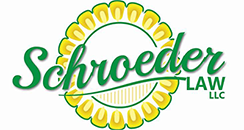When reading about trusts, it makes sense to replace “trust” with “rulebook.” The trustee of a rulebook is the manager of assets that have been made subject to the rules in the trust. The owner of the assets subject to the rules in the trust is called the beneficiary. Trusts can have multiple beneficiaries or successor beneficiaries. For most trusts, there is no rule that the trustee and beneficiary must be different people.
A trust is most easily thought of as a set of rules. Notably, a trust is not a person or an entity like an LLC or corporation. When reading about trusts, it is easiest to replace “trust” with “rulebook.”
Because rulebooks cannot own property, trusts cannot own property. The trustee of a rulebook/trust is the manager of assets that have been made subject to the rules of that rulebook/trust. There can be more than one trustee, and there can be rules as to the succession of trustees based upon certain circumstances, which circumstances would be identified in the rulebook/trust.
Read Lee’s full post about the basic functioning of trusts in the Lima News here: Legal-Ease: Basic functioning of trusts
Source: LimaOhio.com, “Legal-Ease: Basic functioning of trusts,” by Lee R. Schroeder, April 27, 2019
Lee R. Schroeder is an Ohio licensed attorney at Schroeder Law LLC in Putnam County. He limits his practice to business, real estate, estate planning and agriculture issues in northwest Ohio. He can be reached at Lee@LeeSchroeder.com or at 419-659-2058. This article is not intended to serve as legal advice, and specific advice should be sought from the licensed attorney of your choice based upon the specific facts and circumstances that you face.
